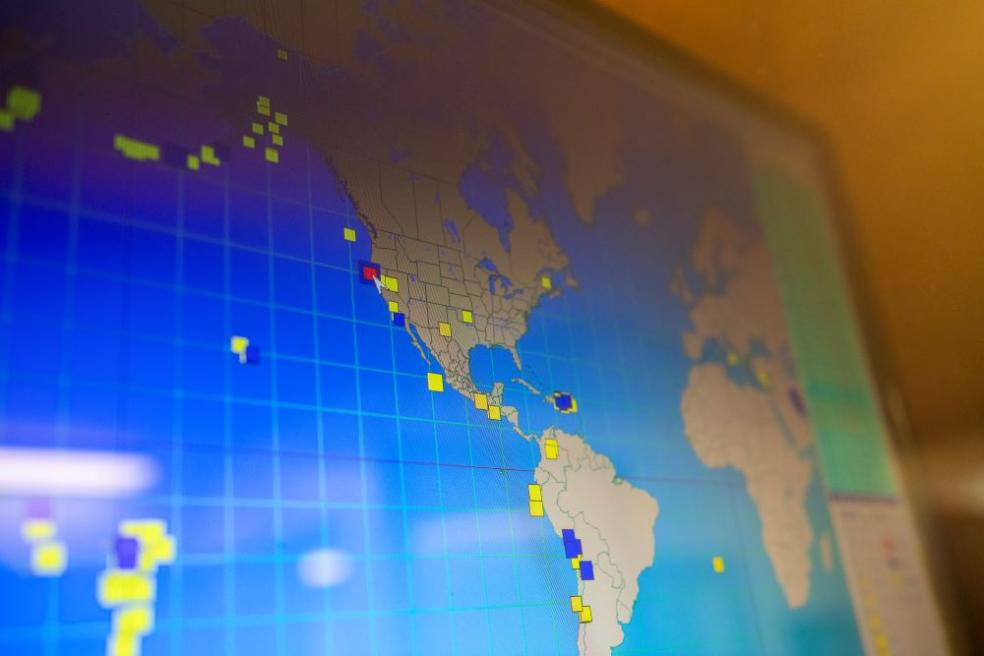It’s all about having an emergency kit ready, knowing where to go, and making sure you have a communication plan. Being proactive can help keep everyone safe when disaster strikes. Here are some key points to keep in mind:
Drop, Cover, and Hold On: During an earthquake, remember to stop what you’re doing and drop, cover, and hold on. Drop to your hands and knees, and cover your head and neck with your arms. If there is a sturdy table or desk nearby, crawl underneath it for shelter and hold on until the shaking stops. Be prepared for potential aftershocks.
Tsunami Warnings: Strong earthquakes may generate a tsunami. Ground shaking, a loud ocean roar, or the water receding unusually far exposing the sea floor are all nature’s warnings that a tsunami may be coming. If you’re at the beach or near the bay and observe any of these warning signs, immediately walk to higher ground or inland.
You may not feel a large earthquake from far away. Based on earthquake size and location, the National Tsunami Warning Center will issue alerts corresponding to the relative tsunami threat. Follow the directions of emergency personnel who may ask you to evacuate low-lying coastal areas.
Earthquake Preparedness: Now is the time to take the steps to prepare for future earthquakes:
- Secure your living space by identifying hazards and securing large, moveable items like bookshelves.
- Create an emergency plan and decide how you will communicate with your family or roommates.
- Assemble a “Go-Bag” filled with emergency items such as medications, first aid kit, spare eyeglasses or contact lenses and cleaning solution, bottled water, enough food for a few days, personal hygiene supplies, sturdy shoes, emergency cash, road maps, and important documents. Keep it in an easily accessible location in case you need to evacuate.
Tsunami Preparedness: Understand the tsunami risks in your area, find inundation maps, determine if you reside in a tsunami hazard zone, and prepare an evacuation plan. Check out the Redwood Coast Tsunami Work Group as a tsunami preparedness resource.
Stay Informed: Follow trusted sources such as the Humboldt Office of Emergency Services (OES), the U.S. Geological Survey (USGS), and the National Tsunami Warning Center for updates and alerts.
Emergency alerts: Sign up for emergency notifications through Humboldt ALERT, Humboldt County’s public alert and warning system. And ensure your contact information is current on MyHumboldt to receive campus notifications. From the MyHumboldt homepage, go to “Tools,” then “Account Settings,” and select “My Profile” to update any phone numbers and email addresses.









